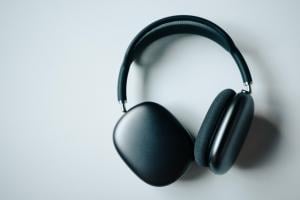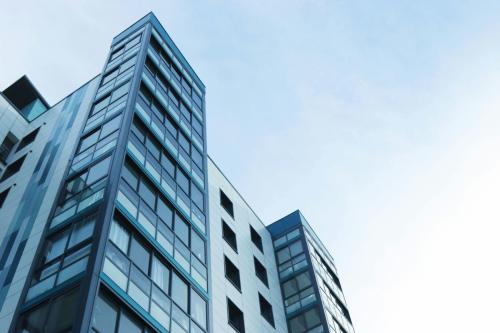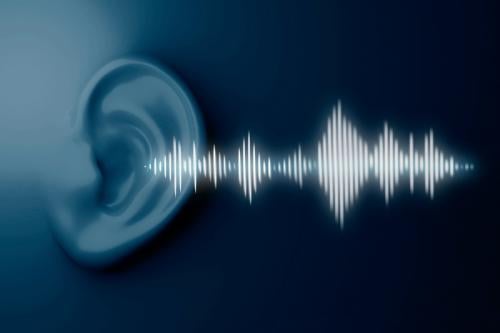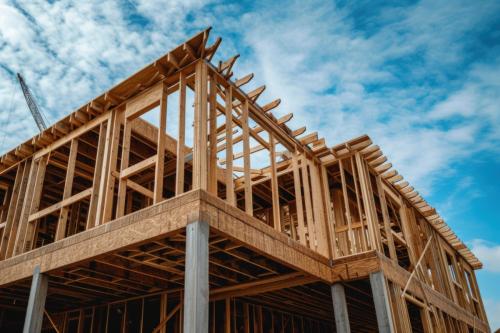Understanding and Addressing Low-Frequency Noise Complaints
- Posted
- Author
- Admin
Low-frequency noise – a distinctive drone audible to only some members of the population, is a frequent subject of inquiries received here at Sound Solution Consultants. Unfortunately, resolution, even in the hands of our capable technicians, can be a more complex process than initially meets the eye.
In this blog post, our acoustic experts aim to shed light on this unique source of frustration, providing a full breakdown of what low-frequency noise is, and how to cope with its presence.
What is Low Frequency Noise?
Low-frequency noise is a term that applies to sounds with frequencies under 250 Hz often described as humming, droning, or rumbling.
Not everyone perceives these sounds in the same way. In fact, the vast majority of the population can’t hear them at all. The approximate 2.5% of the world with the ability to detect them are often referred to as being ‘noise sensitive’ or subject to ‘noise sensitivity’ – a condition thought to result from a number of physiological and psychological differences.
This complexity, combined with the fact that low-frequency sound waves are less easily absorbed by buildings and can travel long distances without losing their energy, makes the detection and mitigation of such sounds difficult.
Individual Sensitivity to Low-Frequency Noise
The term ‘individual sensitivity’ in acoustics refers to how people respond differently to the same noise. Those more sensitive to noise are more likely to be aware of sounds that others can’t perceive.
This heightened awareness can often lead to a sense of discomfort, disturbance, or even distress in the presence of noise outside of the ‘normal’ audible range.
Our team often find that those affected by persistent low-frequency noise become sensitised to a specific frequency. This isn't uncommon. Our brains can become accustomed to certain sounds, especially if they’re persistent and in our immediate environment. This means that while you may be more aware of the low-frequency noise affecting you, others around you might not notice it at all.

How to Cope With Low-Frequency Noise
Given the intricate nature of low-frequency noise and the fact that it's often only audible to specific individuals, pinpointing and mitigating the source can be a challenging task. For this reason, our experts highly recommend the following tried and tested mitigation techniques:
Visit a Hearing Specialist
If you’re suffering from the presence of unwanted low-frequency noise and can’t identify its source, we recommend that your first port of call be a hearing specialist. They can perform an audiometric test to assess your sensitivity to low-frequency noise, determining if your hearing is within normal ranges or if you’re particularly sensitive to certain frequencies.
Additionally, hearing specialists can help identify or rule out physiological conditions that may be contributing to what you're experiencing. For instance, tinnitus, a condition often associated with a persistent ringing or humming sound, can sometimes be confused with external low-frequency noise. Visiting a specialist ensures that you're not dealing with an internal condition that requires a different kind of treatment.
Try Noise Masking
Once physiological conditions have been ruled out, the most effective course of action will likely be to minimise the disturbance caused by the low-frequency noise. Our experts typically recommend using soothing or neutral ambient noise to mask the source of irritation.
There are a number of free apps available on both Apple and Android that generate everything from white noise to low natural sounds including ocean waves and rain. When played just loudly enough to mask the low-frequency noise you’re hearing, these ambient sounds can shift your focus away from it, and, over time, train your brain to ignore it.
It's worth mentioning that for this technique to work, it's crucial to choose a masking sound that contains some low-frequency components, like ocean waves. This is because our hearing system tends to blend sounds of similar frequencies together. For this reason, higher-frequency sounds, such as birdsong, simply won’t be effective.
Professional Investigation of Low-Frequency Noise
In rare cases where psychological and physiological differences are ruled out, or others present in the household are also able to hear the low-frequency noise you’re experiencing, you may decide to seek a professional acoustic investigation. At Sound Solution Consultants, we have the necessary expertise and equipment to conduct a detailed acoustic survey in compliance with all applicable standards.
With this said, it’s important to keep in mind that, due to a number of factors listed above, identifying the specific source of low-frequency noise can be challenging. Even the most in-depth acoustic surveys may not yield the results you’re looking for – hence why our experts highly recommend seeking the advice of an audiologist and attempting to mask the noise over an extended period of time prior to opting for a professional investigation.
Sound Solution Consultants’ Final Recommendations
Low-frequency noise can pose a significant challenge – both to those living with it, and those with the expertise necessary to resolve it. In providing the above insights as to what low-frequency noise is, and our top steps for remediation, we hope to have aided in your understanding of and ability to cope with this frustrating phenomenon.
At Sound Solution Consultants, our team are fully committed to providing expert advice, insights, and world-class acoustic solutions. If you’ve explored the above options for remediation, or are in need of any kind of acoustic surveyance, testing, consultancy, or assistance, please contact us.


